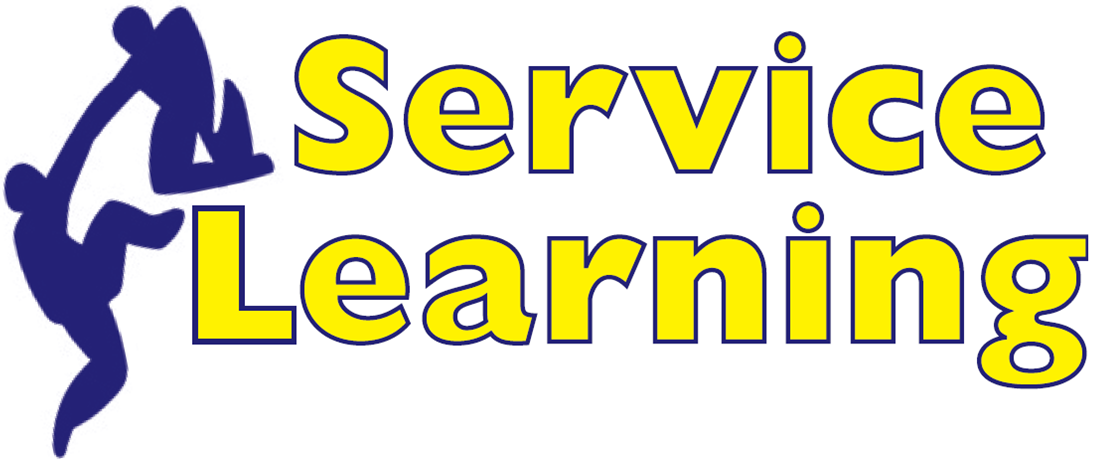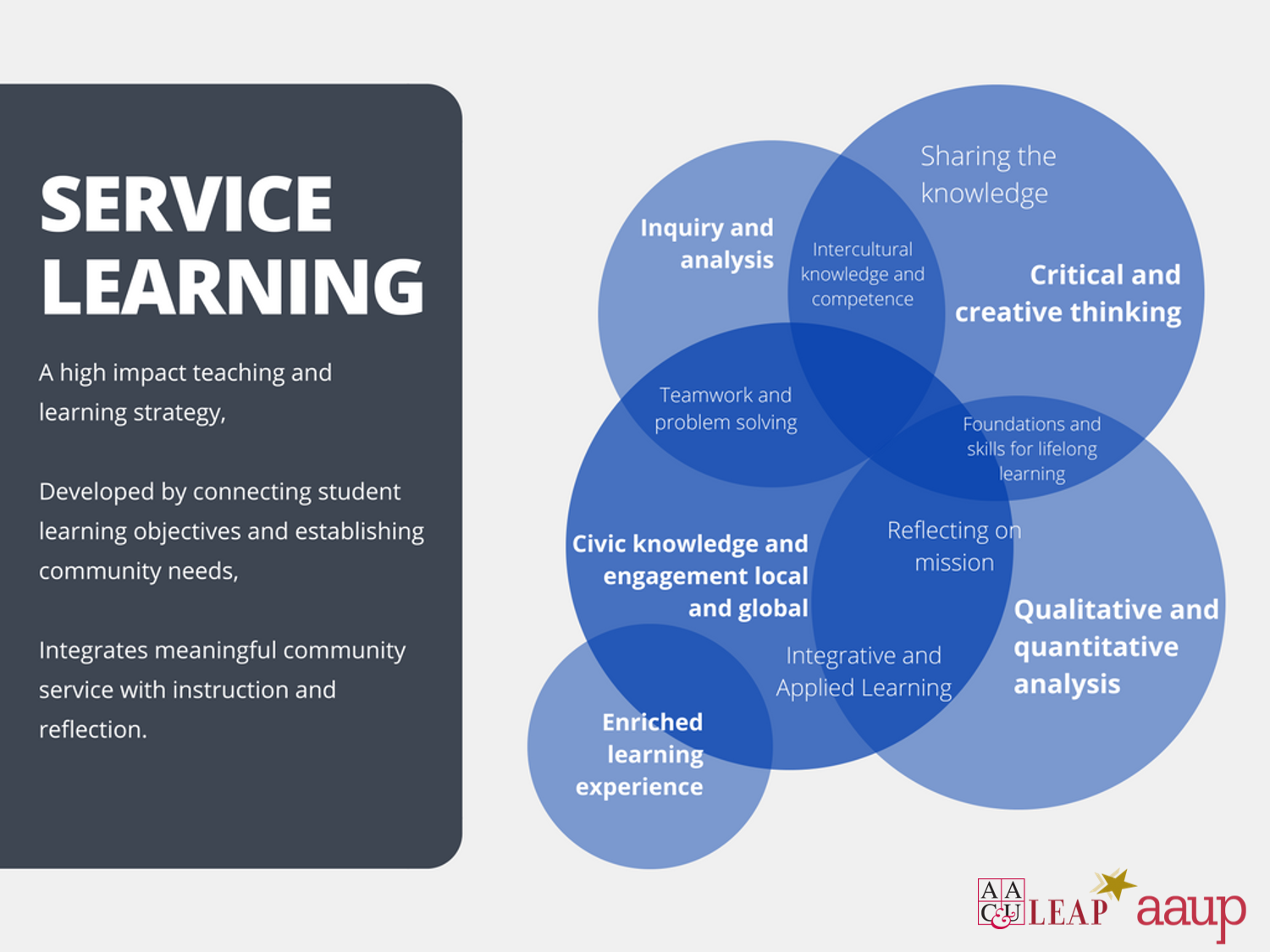Whatever Happened To Service Learning?

Fads come and go in education as any teacher or administrator over the age of 30 knows. Service learning, however, was not (and is not) a fad. Defined broadly as K-12 students providing “community service” it has been in public and private schools for over a century. But it did have its faddish moments in the 1980s and 1990s–see Ngram. And it remains popular among policymakers and practitioners who see schools’ primary duty as developing “good” citizens. But issues of what exactly is service learning, who benefits most–students? community?–and toward what ends–individual giving back? solving community problems?–persist.
What is service learning and when did it begin?
Like most school innovations, service learning has had multiple meanings since it was introduced into schools in the 1970s. Policymakers, researchers, and practitioners have various definitions. Distinguishing between students doing community service and school-based service learning has made definitions hard to pin down for decades.
Community service (e.g. students visiting the elderly, cleaning up parks, feeding the homeless, volunteering in hospitals and early childhood day care centers) has been an feature of schooling for over a century. And it remains so. In a 2008 survey of principals, 60 percent of elementary schools had students engaged in both voluntary or required community service activities while 74 percent of middle schools and 86 percent of high schools did also.
For all the diverse definitions, service learning in K-12 schools comes down to a planned experience integrated into the regular curriculum that contains goals and opportunities for students to reflect on what they do (e.g., internships, field studies, science projects in community) and what they are learning (see here, here, and here).
Some examples:
*Angie started her senior year behind on the service hours her high school Continue reading: Whatever Happened To Service Learning? | Larry Cuban on School Reform and Classroom Practice

